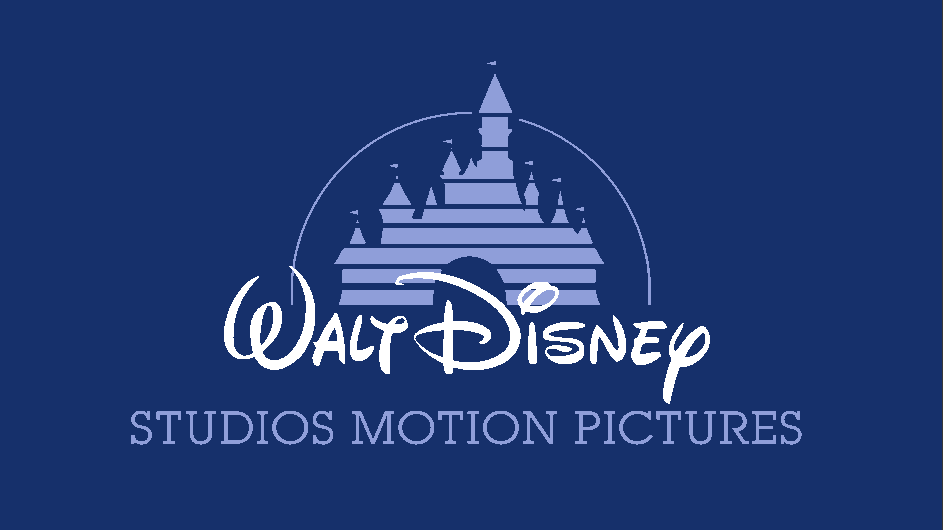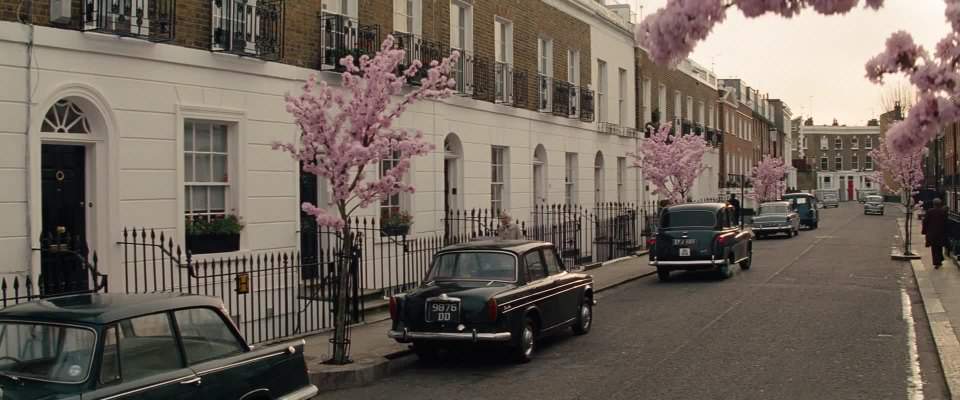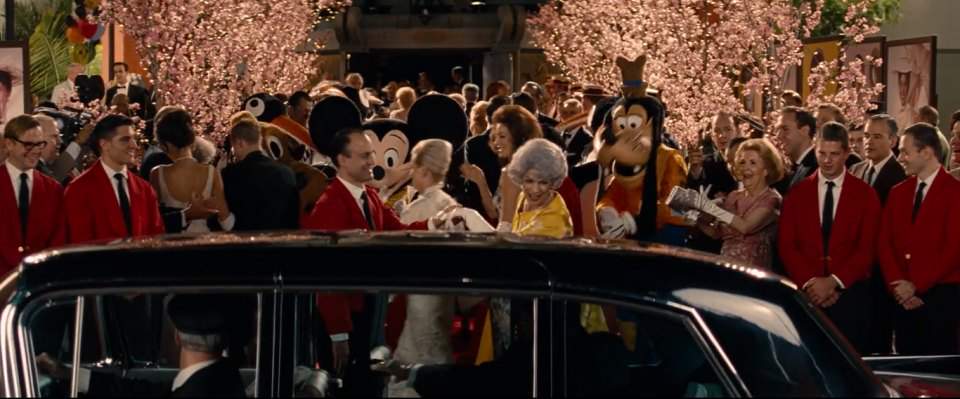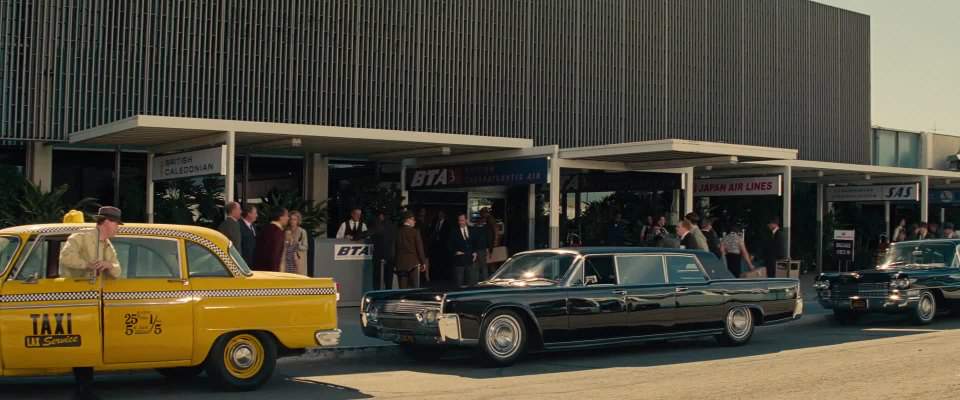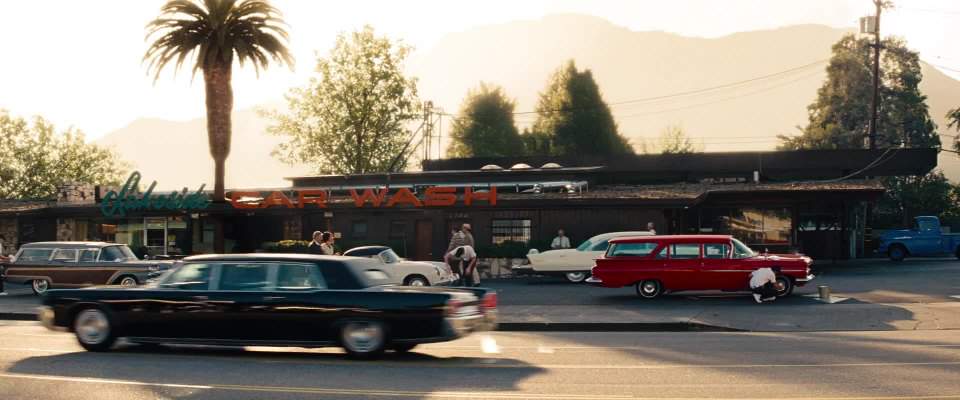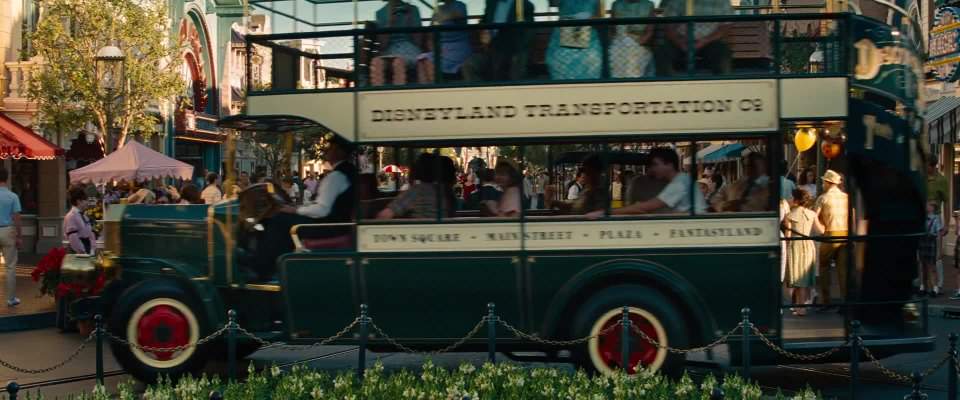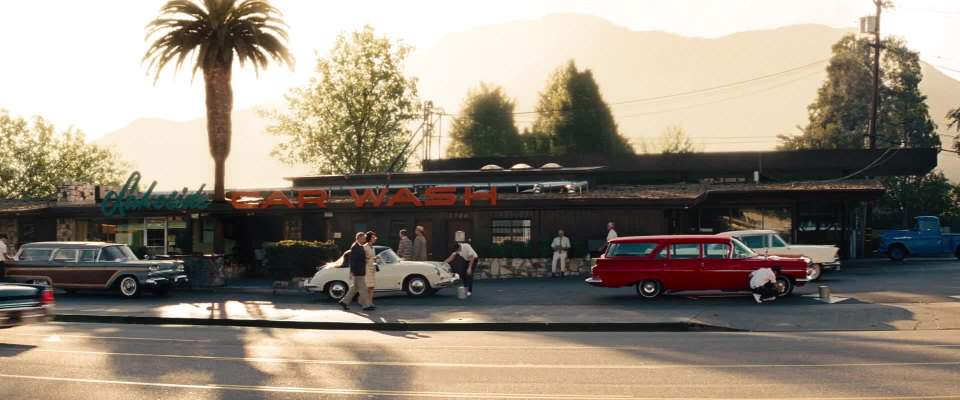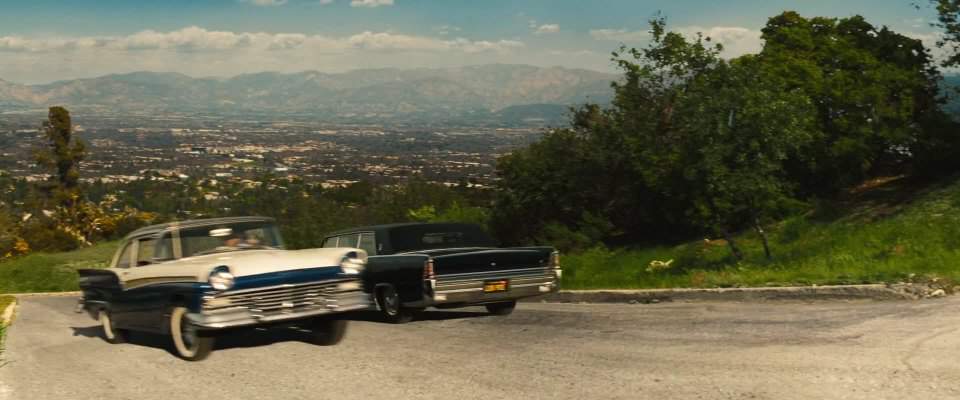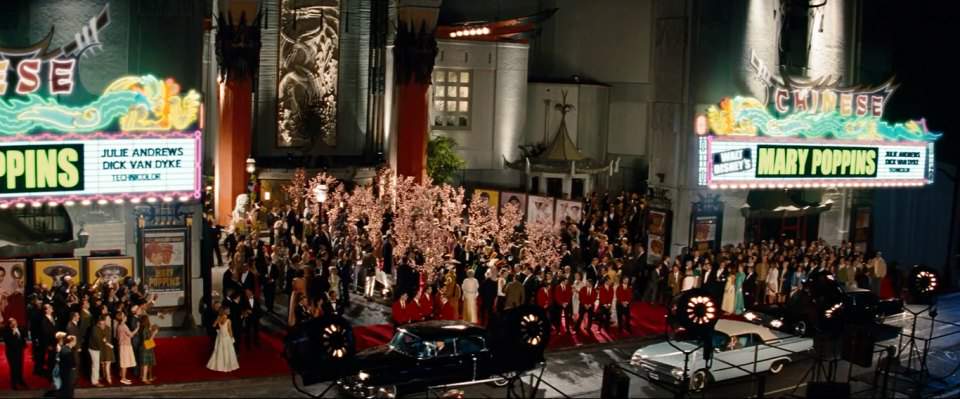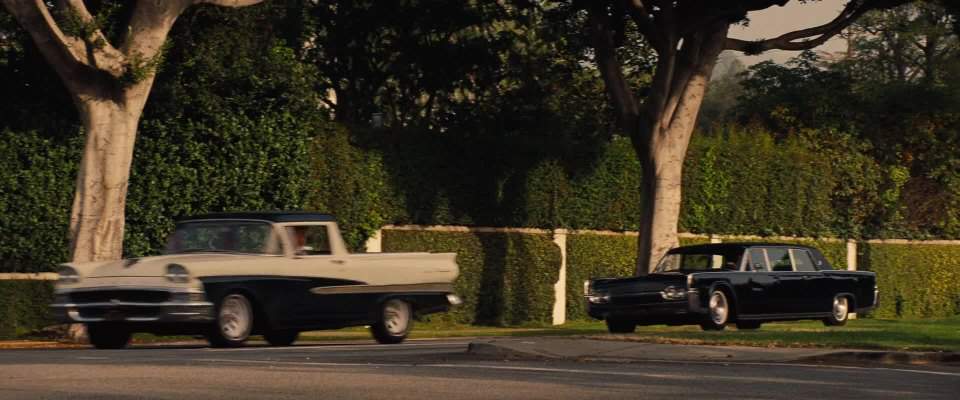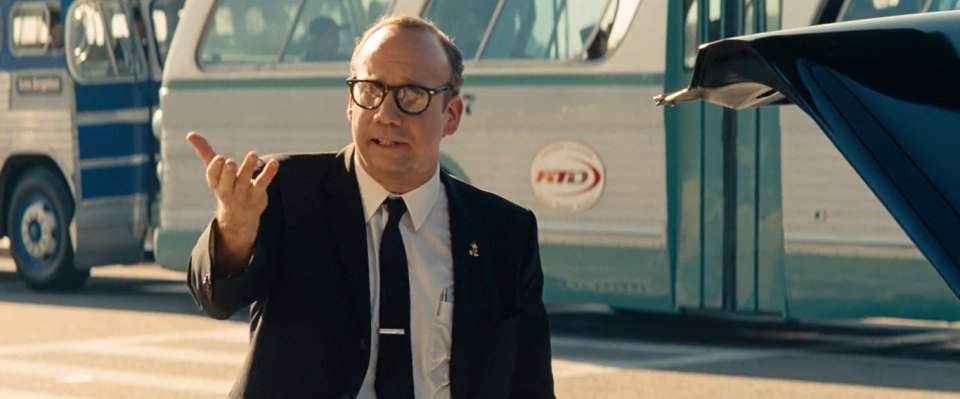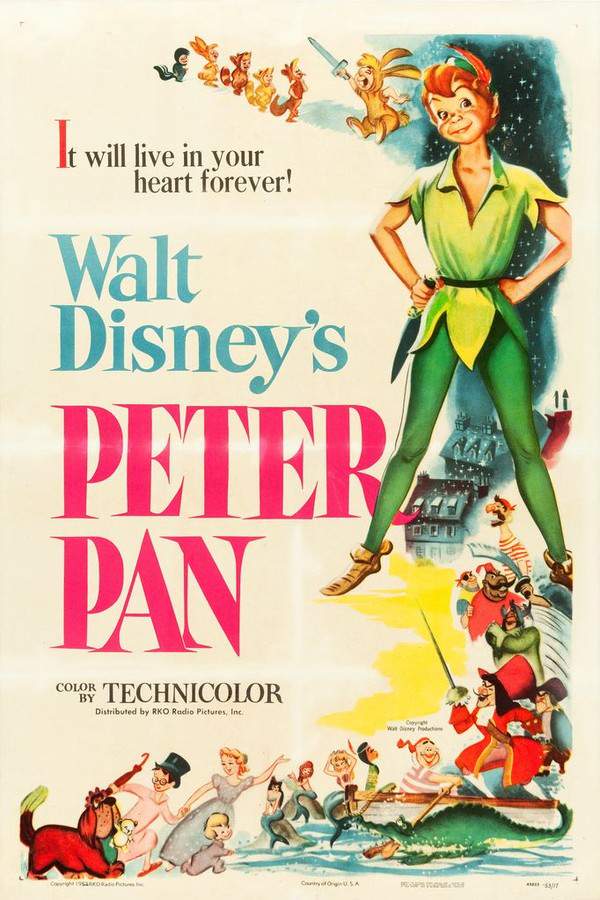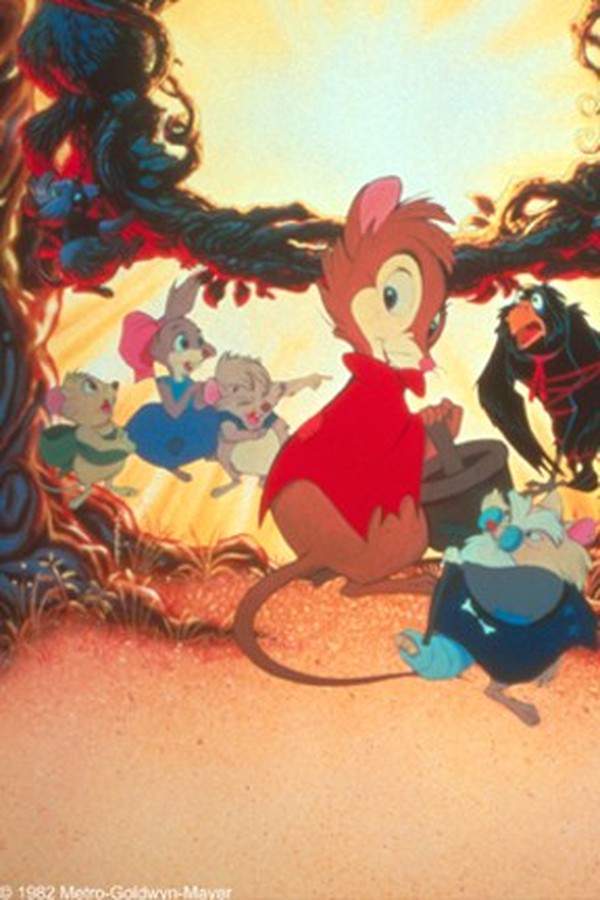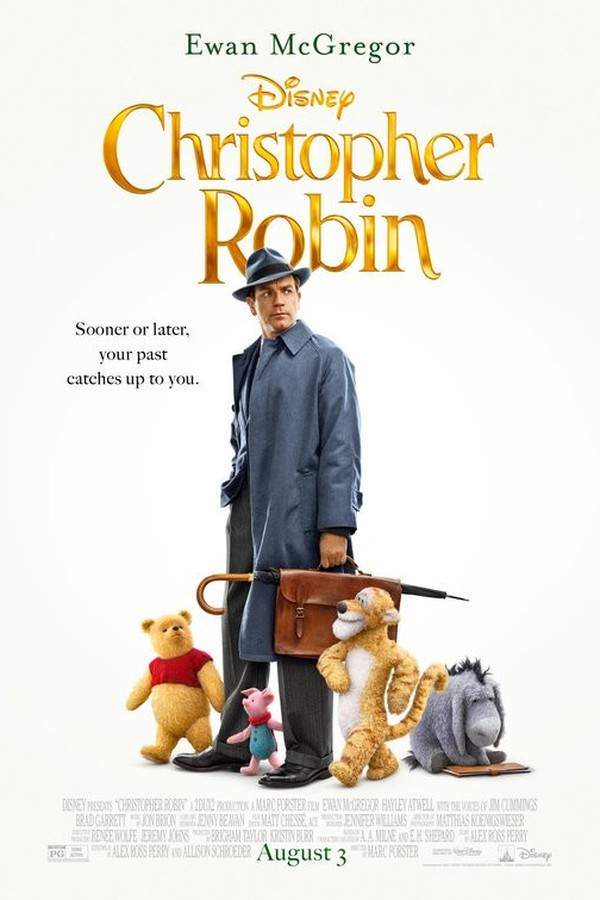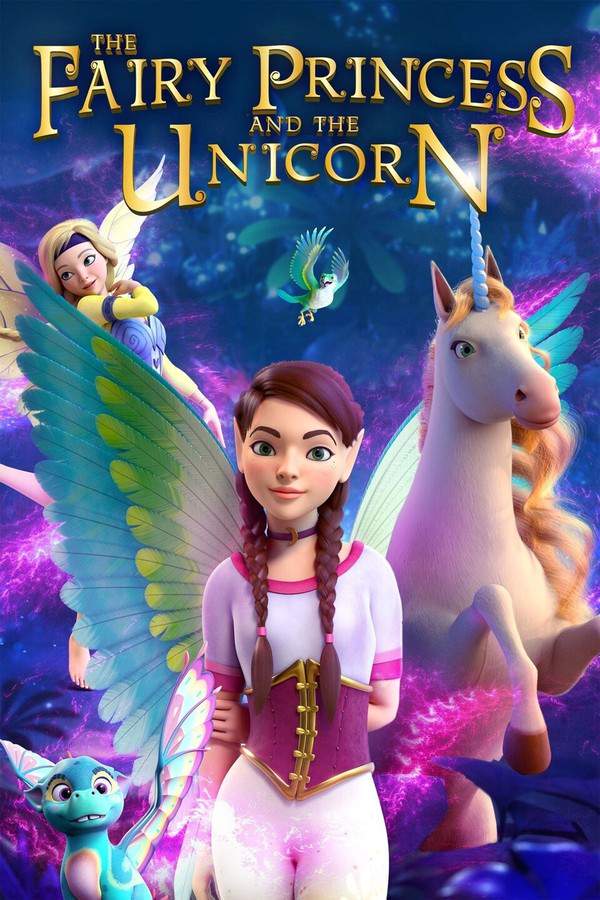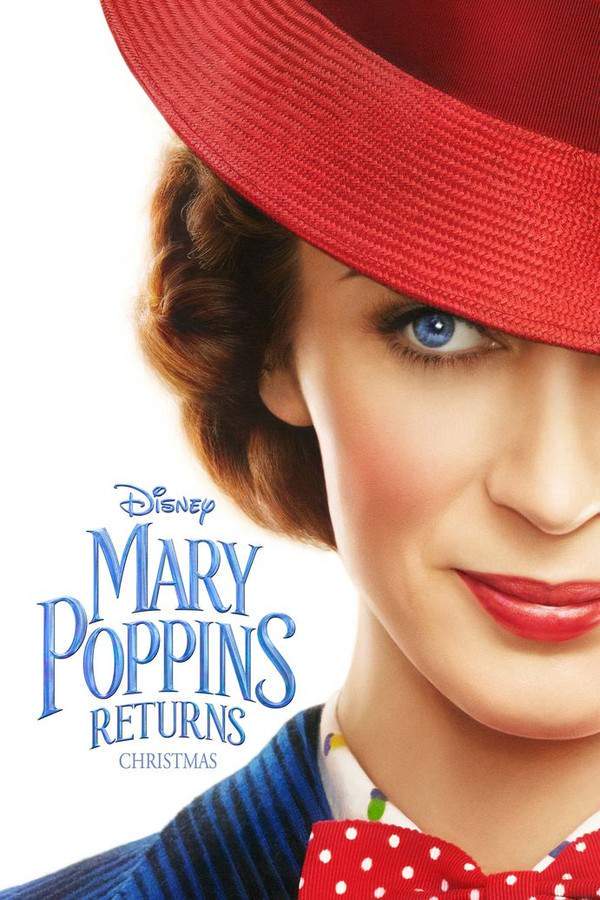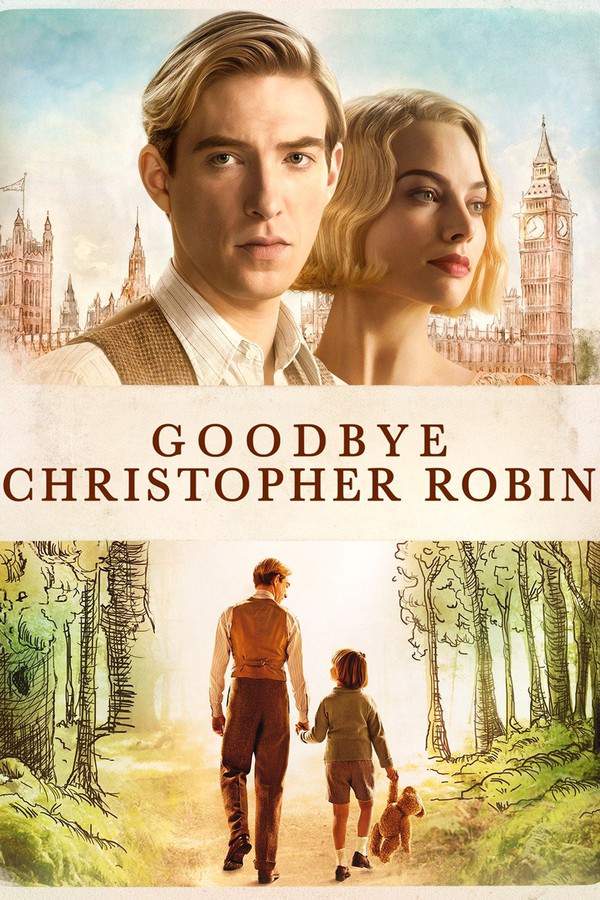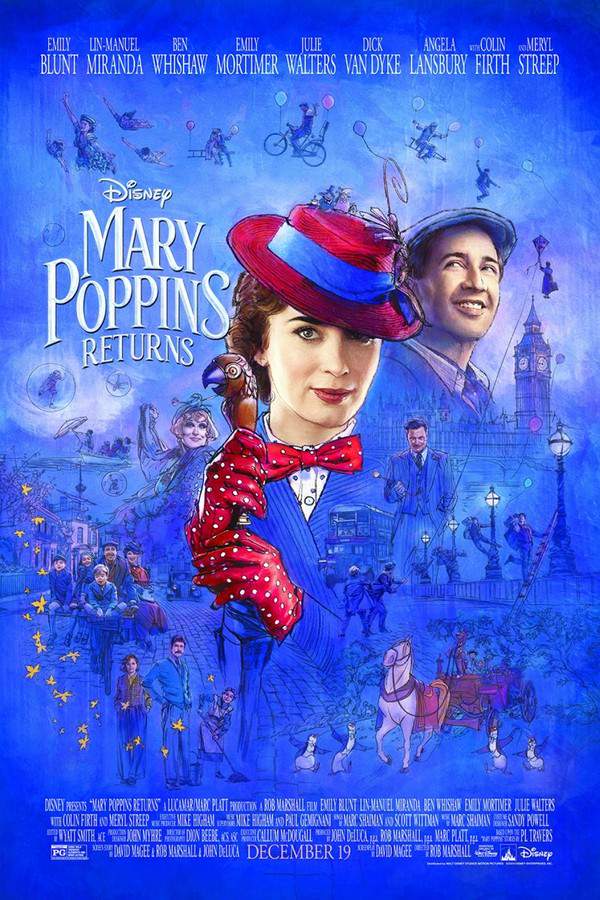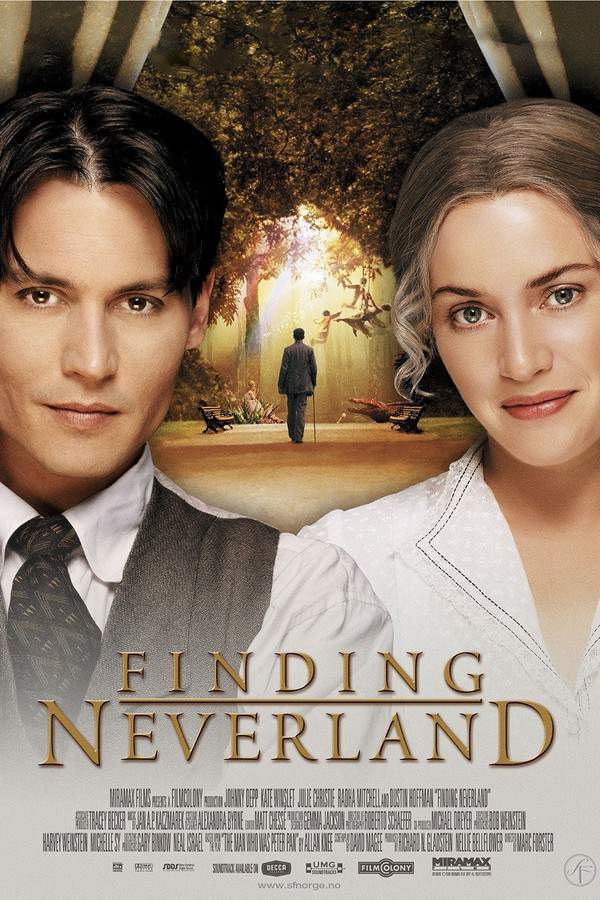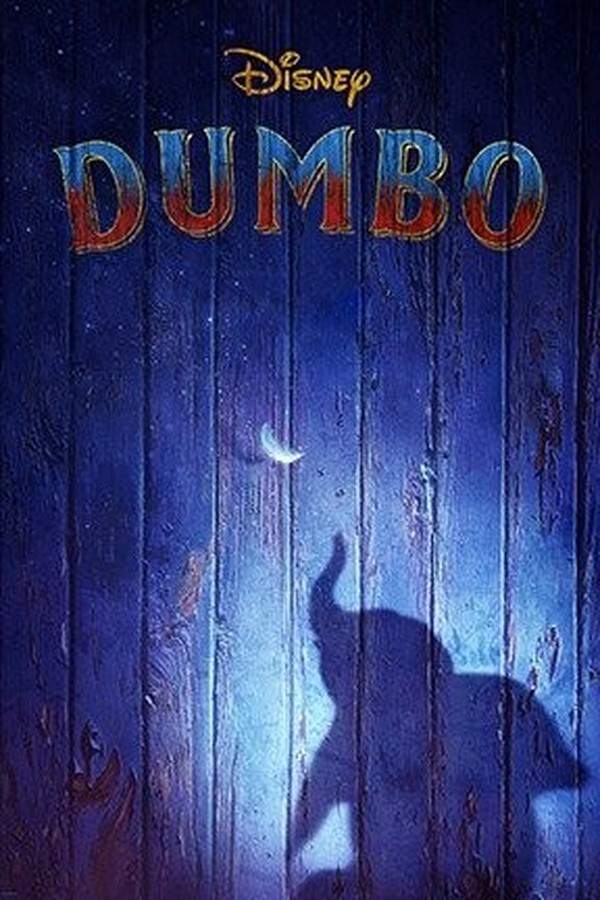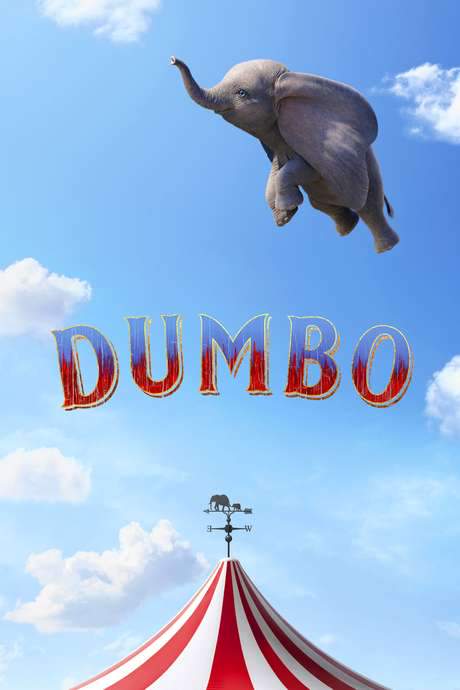Saving Mr. Banks 2013
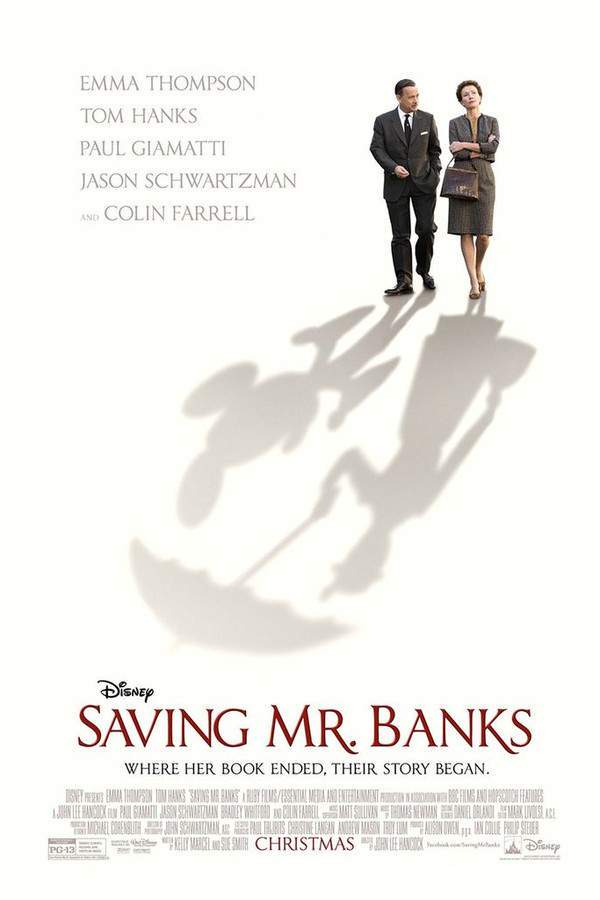
Walt Disney makes a promise to his daughters to adapt their favorite book, Mary Poppins, into a film. However, fulfilling that promise proves challenging as he encounters P.L. Travers, the novel’s fiercely protective author. A lengthy and complex negotiation ensues, marked by a clash of creative visions and personalities, as Travers insists on preserving the heart and magic of her beloved character. The film explores the unexpected bond that develops between the two as Disney strives to bring Mary Poppins to the big screen.
Does Saving Mr. Banks have end credit scenes?
No!
Saving Mr. Banks does not have end credit scenes. You can leave when the credits roll.
Meet the Full Cast and Actors of Saving Mr. Banks
Explore the complete cast of Saving Mr. Banks, including both lead and supporting actors. Learn who plays each character, discover their past roles and achievements, and find out what makes this ensemble cast stand out in the world of film and television.
External Links and Streaming Options
Discover where to watch Saving Mr. Banks online, including streaming platforms, rental options, and official sources. Compare reviews, ratings, and in-depth movie information across sites like IMDb, TMDb, Wikipedia or Rotten Tomatoes.
Ratings and Reviews for Saving Mr. Banks
See how Saving Mr. Banks is rated across major platforms like IMDb, Metacritic, and TMDb. Compare audience scores and critic reviews to understand where Saving Mr. Banks stands among top-rated movies in its genre.

65
Metascore
7.6
User Score


79%
TOMATOMETER

84%
User Score

7.5 /10
IMDb Rating

73
%
User Score
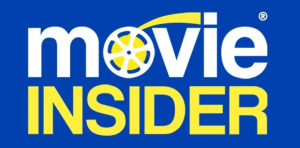
4.22/5
From 85 fan ratings
Take the Ultimate Saving Mr. Banks Movie Quiz
Challenge your knowledge of Saving Mr. Banks with this fun and interactive movie quiz. Test yourself on key plot points, iconic characters, hidden details, and memorable moments to see how well you really know the film.
Saving Mr. Banks Quiz: Test your knowledge on the true story behind the making of Mary Poppins and P.L. Travers' relationship with Walt Disney.
Which author is at the center of the film 'Saving Mr. Banks'?
J.K. Rowling
P. L. Travers
C.S. Lewis
Louisa May Alcott
Show hint
Awards & Nominations for Saving Mr. Banks
Discover all the awards and nominations received by Saving Mr. Banks, from Oscars to film festival honors. Learn how Saving Mr. Banks and its cast and crew have been recognized by critics and the industry alike.
86th Academy Awards 2014
Music (Original Score)
67th British Academy Film Awards 2014

Best Costume Design
Best Original Music
Outstanding British Film
19th Critics' Choice Awards 2014
Best Picture

Best Costume Design
Best Score
20th Annual Screen Actors Guild Awards 2014

71st Golden Globe Awards 2014

Full Plot Summary and Ending Explained for Saving Mr. Banks
Read the complete plot summary of Saving Mr. Banks, including all major events, twists, and the full ending explained in detail. Explore key characters, themes, hidden meanings, and everything you need to understand the story from beginning to end.
In 1961 London, we follow Pamela “P. L.” Travers (Emma Thompson), a financially strapped author who is reluctantly compelled to journey to Los Angeles. This trip happens at the insistence of her agent, Diarmuid Russell (Ronan Vibert), leading her to a meeting with Walt Disney (Tom Hanks). For two long decades, Disney has pursued Travers, hoping to secure the film rights to her beloved Mary Poppins stories at the behest of his daughters, who are eager to see the character brought to life on screen. However, Travers has serious reservations about handing over her creation, primarily because she views Disney, known for his animated films, with disdain.
Travers’ childhood in Allora, Queensland, during 1906 comes to life through poignant flashbacks, revealing how it deeply influenced her Mary Poppins narrative. In these recollections, we see her bond with her charming but troubled father, Travers Robert Goff (Colin Farrell), who battles alcoholism.
Upon her arrival in Los Angeles, Travers is immediately struck by the city’s superficial charm and the overly friendly disposition of its residents, highlighted by her affable limo driver, Ralph (Paul Giamatti). At the Walt Disney Studios in Burbank, she begins working alongside a creative team that includes screenwriter Don DaGradi (Bradley Whitford) and the renowned music composers Richard and Robert Sherman (Jason Schwartzman and B.J. Novak). Travers finds their laid-back attitudes and creative assumptions utterly inappropriate, and she feels an immediate surge of irritation upon encountering Disney himself.
Travers struggles to cooperate with the creative team, insisting that Mary Poppins resists sentimentality and whimsicality. This stance baffles Disney and his team, especially given the imaginative essence of the Mary Poppins story and the vividness of Travers’ own childhood memories. One of her chief complaints involves the portrayal of George Banks, a character she feels is being grossly mischaracterized, which leads her to leave a development session in tears. It soon becomes clear to the team how intimately Mary Poppins is connected to Travers’ own life experiences and the characters that embody her past.
For instance, George Banks is modeled after Travers’ father, who, struggling with alcoholism while serving as a bank manager in Australia, faced ridicule from his superiors and community, impacting Travers significantly. The creative team’s interpretation of Banks as a ruthless banker leaves Travers feeling misrepresented. Furthermore, the character of Mary Poppins hints at the impact of a strict nanny hired during her father’s illness, a woman who assured Travers that she would “fix everything.” After her father’s death, Travers unfairly channels her grief towards the nanny.
Despite her mounting disengagement, Travers continues to collaborate with the team. As old wounds from her childhood resurface, Disney takes it upon himself to understand her turmoil, even inviting her to Disneyland. This leads to a budding friendship with Ralph and a softening perspective towards the revisions the team has made to George Banks’ character, as well as the inclusion of a new song intended to close the film. Travers begins to reconnect with her imagination and engage enthusiastically with the creative process.
However, this hopeful progression is abruptly interrupted when Travers discovers that the film will include an animated segment, a choice she vehemently opposes. She confronts Disney, indignantly asserting that she will not relinquish the film rights, and she ultimately departs for London. Unbeknownst to Travers, Disney learns that her real name is Helen Goff and, armed with a fresh understanding of her struggles, he travels to London with a resolve to seek her collaboration once more.
In a surprising visit to Travers’ home, Disney candidly shares aspects of his own challenging childhood and emphasizes the therapeutic potential of storytelling, urging her to let go of her deep-seated disillusionment. This heartfelt conversation persuades Travers to finally grant him the rights to her beloved character.
Fast forward to 1964, as Mary Poppins nears its world premiere at the famed Grauman’s Chinese Theatre. Disney, fearing a negative reaction from Travers, has not invited her to the event. Spurred on by her agent, she decides to travel to Los Angeles, crashing Disney’s office to secure an invitation. As she watches Mary Poppins, Travers starts with skepticism, particularly reacting poorly to the animated sequence. Surprisingly, as the film unfolds, she finds herself touched by the portrayal of George Banks’ redemption—a moment that resonates profoundly with her own past.
The film concludes with a heartfelt touch, as a recorded session featuring Travers alongside the Sherman Brothers and DaGradi plays during the end credits, capturing the essence of her journey.
Uncover the Details: Timeline, Characters, Themes, and Beyond!

Coming soon on iOS and Android
The Plot Explained Mobile App
From blockbusters to hidden gems — dive into movie stories anytime, anywhere. Save your favorites, discover plots faster, and never miss a twist again.
Sign up to be the first to know when we launch. Your email stays private — always.
Watch Trailers, Clips & Behind-the-Scenes for Saving Mr. Banks
Watch official trailers, exclusive clips, cast interviews, and behind-the-scenes footage from Saving Mr. Banks. Dive deeper into the making of the film, its standout moments, and key production insights.
Cars Featured in Saving Mr. Banks
Explore all cars featured in Saving Mr. Banks, including their makes, models, scenes they appear in, and their significance to the plot. A must-read for car enthusiasts and movie buffs alike.
Saving Mr. Banks Themes and Keywords
Discover the central themes, ideas, and keywords that define the movie’s story, tone, and message. Analyze the film’s deeper meanings, genre influences, and recurring concepts.

Unlock the World of Movies with Our Comprehensive Wiki
Dive into our Movie Wiki for in-depth film encyclopedia entries, including cast biographies, production trivia, plot synopses, behind-the-scenes facts, and thematic analyses. Whether you’re researching iconic directors, exploring genre histories, or discovering hidden easter eggs, our expertly curated movie database has everything you need to fuel your cinematic passion.

Similar Movies To Saving Mr. Banks You Should Know About
Browse a curated list of movies similar in genre, tone, characters, or story structure. Discover new titles like the one you're watching, perfect for fans of related plots, vibes, or cinematic styles.
Quick Links: Summary, Cast, Ratings, More

What's After the Movie?
Not sure whether to stay after the credits? Find out!
Explore Our Movie Platform
New Movie Releases (2025)
Famous Movie Actors
Top Film Production Studios
Movie Plot Summaries & Endings
Major Movie Awards & Winners
Best Concert Films & Music Documentaries
Movie Collections and Curated Lists
© 2025 What's After the Movie. All rights reserved.


